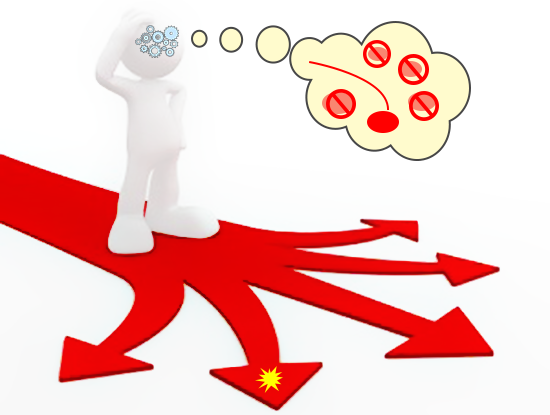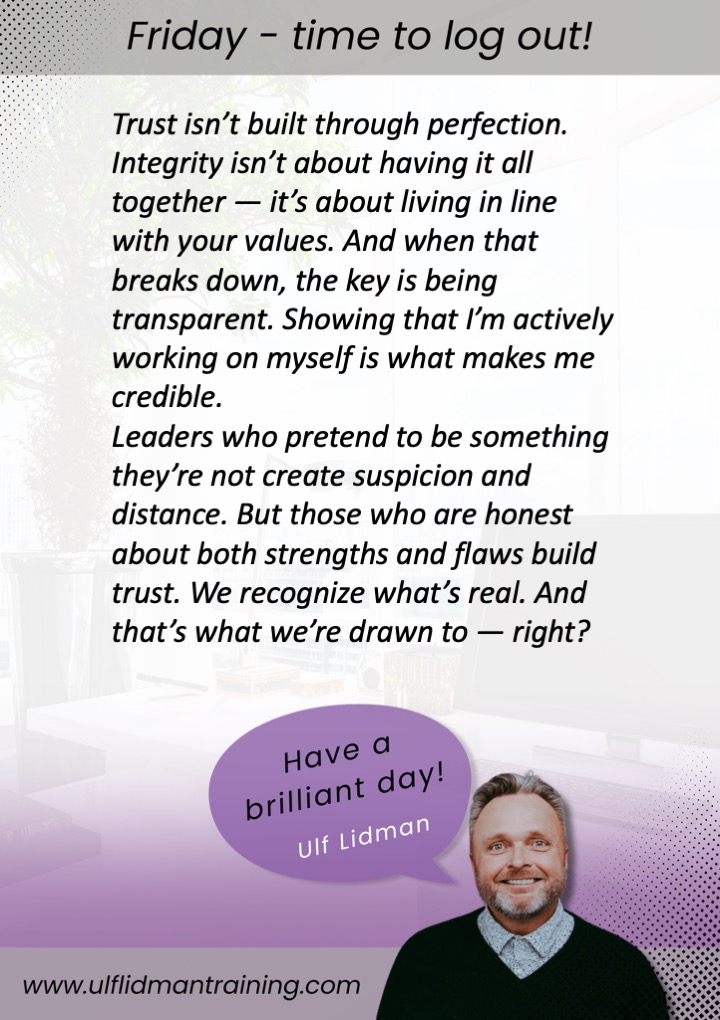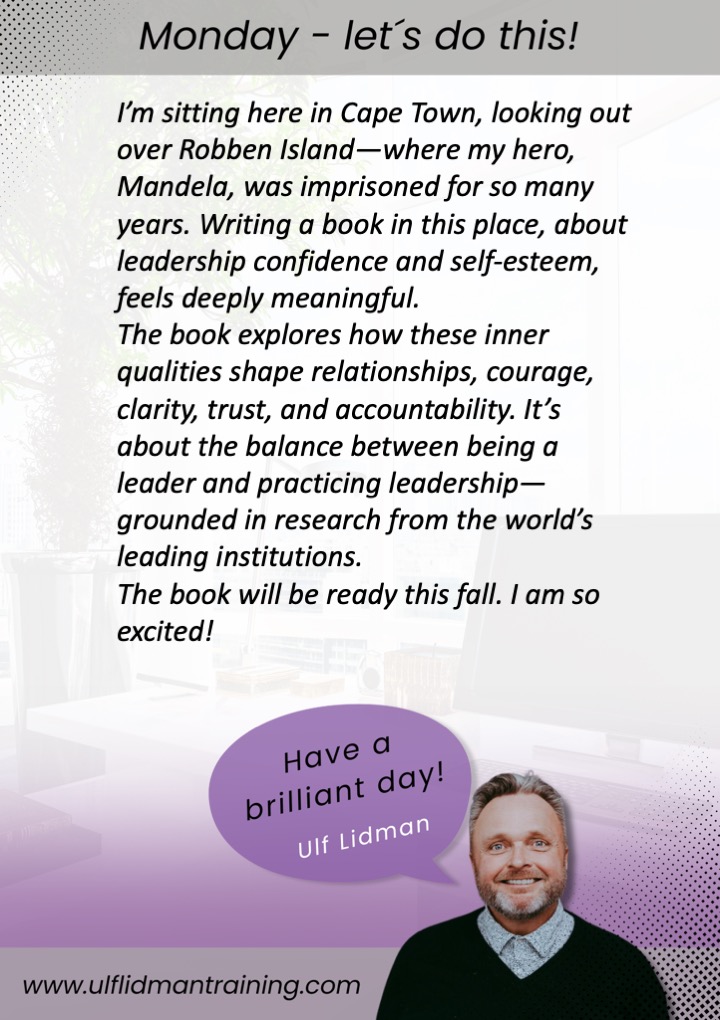Consequence Analysis – Think Before You Act
A crucial part of this process is guiding the individual to conduct their own consequence analysis:
“If I choose this path, what positive and negative consequences will it have?”
By examining and reflecting on all possible options, decisions become more grounded, and well-grounded decisions lead to greater transformative power.
As coaches or leaders, we must broaden perspectives and allow even those options we might personally dislike to be considered. This requires time and commitment—but the results are absolutely worth it.
A Concrete Example
A manager I coached faced a challenging conflict situation at work. Her first instinct was to push for an immediate solution. But after learning the importance of letting decisions mature, she held back.
Instead, she approached the situation with empathetic engagement. She encouraged her employee to articulate his own options and consider the potential outcomes of each. It was an open, pressure-free conversation. Then, she gave him the time and space to reflect.
Two weeks later, the employee came back with a solution he had crafted himself. The conflict was resolved—and he fully owned the decision.
The manager’s reflection:
“I gave him time and had the competence to guide him. Competence creates confidence. That made all the difference.”
Invest in Time and Patience
Working with consequence analysis is incredibly effective. It is the key to sustainable change.
Yes, it’s faster to simply point fingers and dictate solutions. But that approach often leads to unsustainable outcomes and a toxic work environment.
Instead, choose to invest in time and patience. It yields results that truly last.
Have a brilliant day!
– Ulf Lidman





